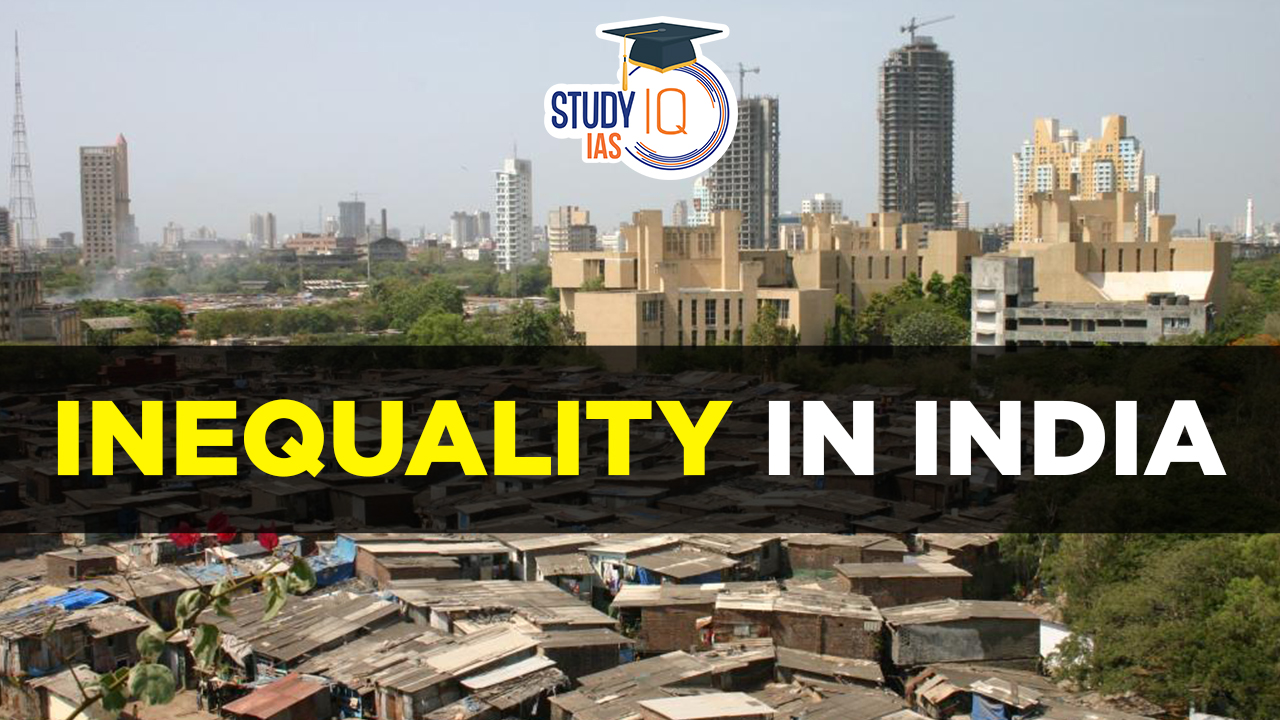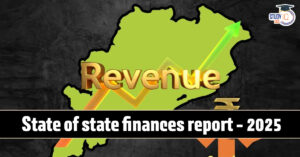Table of Contents
Context: A working paper by the People Research on India’s Consumer Economy (PRICE) indicates that income inequality in India decreased in 2022-23. PRICE is an Not for profit think tank based in Delhi.
Key Findings of the PRICE Working Paper
Post-Pandemic Recovery
- Income inequality in India reduced in 2022-23, indicating effective recovery measures following the Covid-19 pandemic.
- Despite this improvement, there remains a significant concentration of wealth among the top-income earners.
Income Share Distribution (2022-23)
- Bottom 50%: Share increased to 82% (from 15.84% in 2020-21). Includes groups like labourers, traders, small business owners and farmers.
- Middle 40%: Share rose to 6% in 2022-23 (from 43.9% in 2020-21).
- Top 10%: Share dropped to 6% in 2022-23 (from a peak of 38.6% in 2020-21).
- Top 1%: Income share declined slightly to 3% in 2022-23 (from 9.0% in 2020-21).
| Gini Index |
|
Income Inequality in India
- The top 10% of Indians saw their income share rise from 36.7% in 1951 to 57.7% in 2022.
- Conversely, the bottom 50% of Indians saw their income share decrease from 20.6% in 1951 to just 15% in 2022.
- The middle 40% of Indians experienced a decrease in income share from 8% to 27.3% over the same period.
- The income gap in India has widened significantly over the last two decades, with the 1% richest Indians surpassing the income concentration levels of their counterparts in developed countries such as the USA and the UK.
- Approximately one crore adults belonged to the top 1%, with the top 10% comprising ten crore adults.
- The middle 40% included 36 crore individuals, and the bottom 50% consisted of 46 crore individuals.
- The top 0.001% of India’s population, comprising about 10,000 individuals, earned 1% of the national income. The top 0.01% and 0.1% earned 4.3% and 9.6%, respectively.
We’re now on WhatsApp. Click to Join
Income Disparity Trends Over Time
- The income disparity accelerated post-liberalization in the 1990s, with the share of the top 10% climbing sharply and the other groups’ shares declining.
- In 2022-23, the average income of the top 1% was ₹53 lakh per annum, which was 23 times the average income of ₹2.3 lakh for the average Indian.
- The bottom 50% had an average income of ₹71,000, and the middle 40% had an average of ₹1.65 lakh.
- After independence, the income share of the top 1% decreased, hitting around 6% in the 1980s, but post-liberalization, it surged to around 22.5%.
Global Comparison with India’s Income Levels
- India’s top 1% held a greater share of national income in 2022-23 compared to the top 1% in the U.S., China, France, the U.K., and Brazil.
- While India’s income levels have not increased as rapidly as some other economies, such as China and Vietnam, the income share of the top 1% in India has grown remarkably.


 State of State Finances Report 2025: Key...
State of State Finances Report 2025: Key...
 India AI Governance Guidelines 2025: Ena...
India AI Governance Guidelines 2025: Ena...
 GPS Spoofing: Meaning, Working, Types, I...
GPS Spoofing: Meaning, Working, Types, I...
























